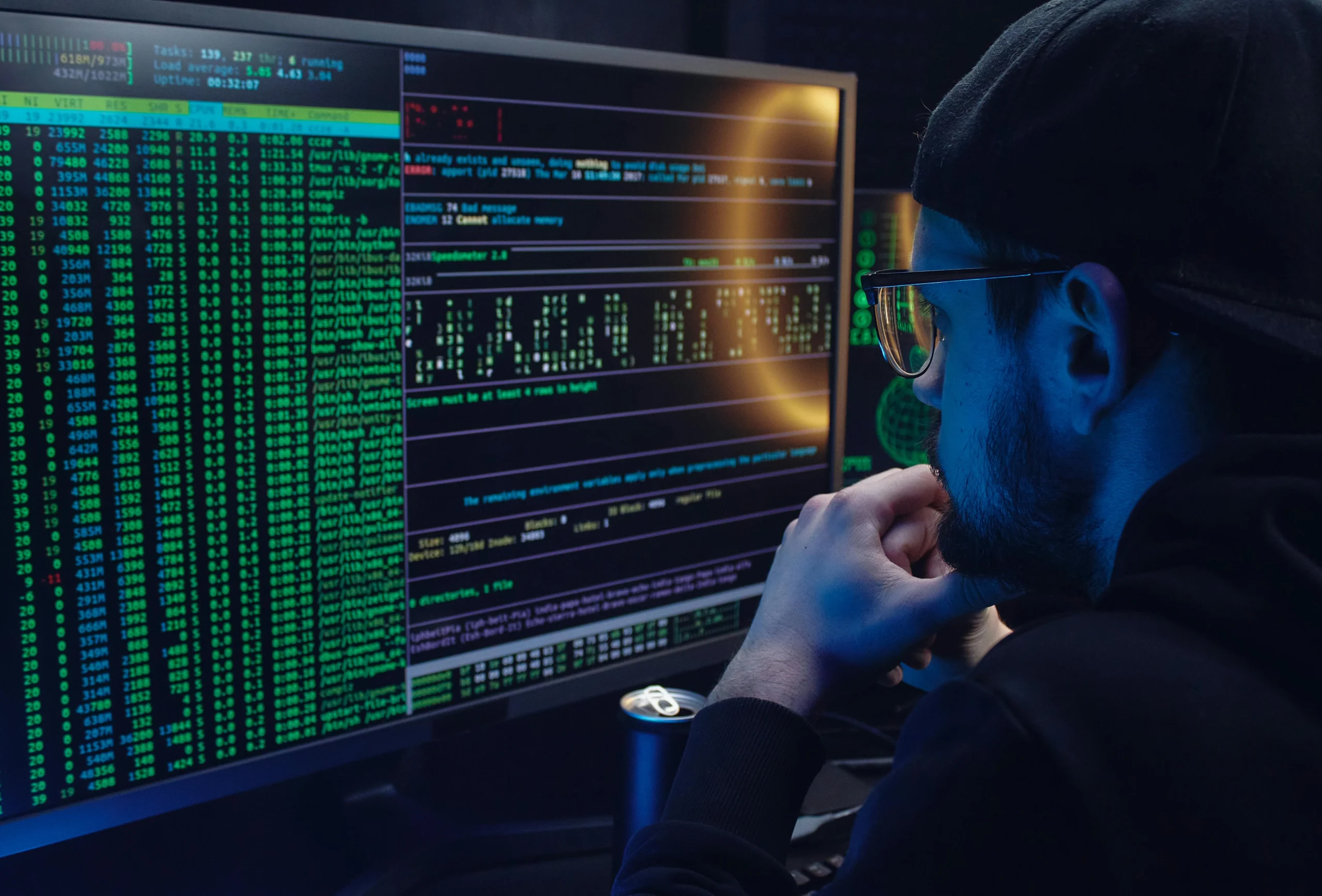AI and robotics are not merely technologies; they catalyze one of the most significant transformations in human history. This era is approaching the concept of ’embodied superintelligence’, where machines transition from simple thought processes to direct actions in the physical world. This change is anticipated to reshape global economies and security structures more deeply than previous industrial revolutions. The competition in this domain is vividly evident among three major players: China, the US, and Japan, each bringing unique cultural heritages and strategic directions to the table.
China’s rise as an ‘engineering state’ is rooted in its historical flows and has significant implications for the global landscape. Historically, China was the world’s largest economy for over half a millennium, impacting everything from written communication to political systems. This legacy contributes to China’s present state as a leader in various industries, particularly in renewable energy and AI advancements. The US, symbolizing capitalist ambition, faces challenges stemming from environmental issues and infrastructure decay but remains a powerhouse in AI research. Finally, Japan, with a robust and sophisticated robotics ecosystem, has the potential to mediate between China and the US while leveraging its technological strengths. Collaborative efforts, especially in robotics and AI between these nations, could serve as a strategic balance against China’s manufacturing prowess.
👉 Pročitaj original: CIO Magazine





